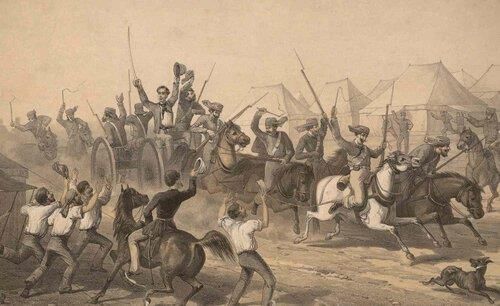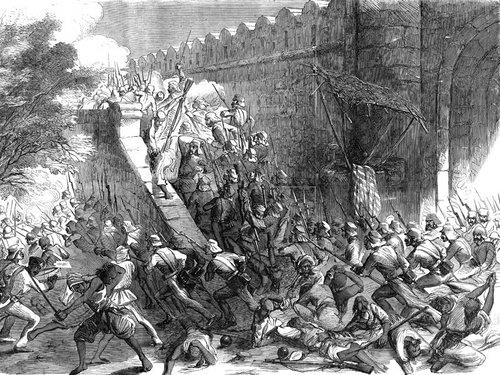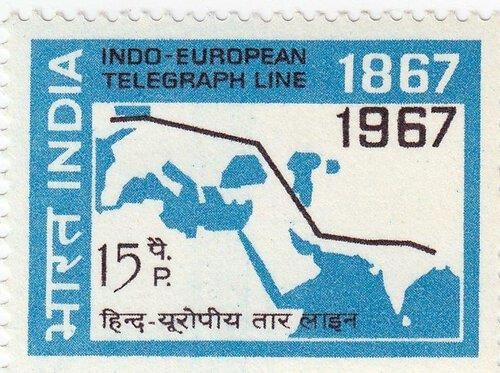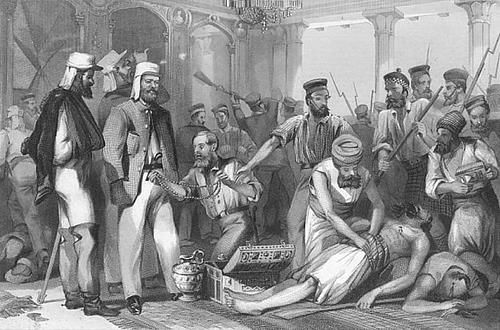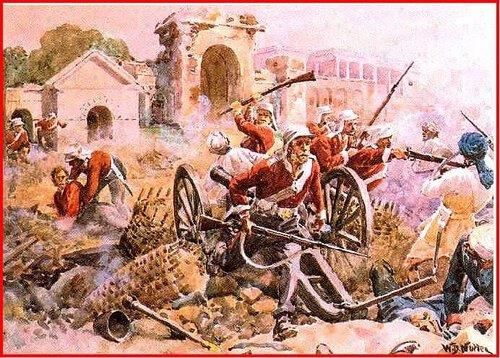|
Card: 1 / 40 |
The local population joined the sepoys in their rebellion by ___ and ___ against the British. |
|
Card: 3 / 40 |
Which Mughal emperor was involved during the 1857 rebellion, and what was his reaction? |
|
Card: 4 / 40 |
Mughal emperor Bahadur Shah supported the rebellion after hearing about the mistreatment of Hindus and Muslims by the British. 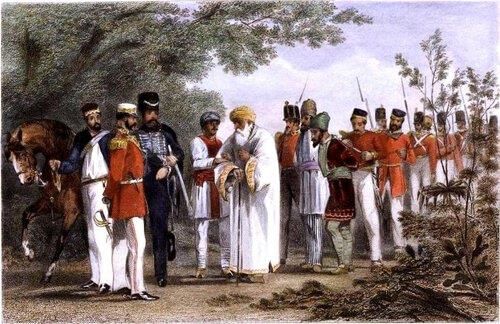 |
|
Card: 5 / 40 |
Fill in the blank: The revolt gained legitimacy by being carried out in the name of the ___ emperor. |
|
Card: 7 / 40 |
Multiple Choice: What was one of the first actions taken by the sepoys in Meerut? A) Forming alliances with British. B) Mutinying and attacking British officers. C) Retreating to safer areas. D) Negotiating peace. |
|
Card: 9 / 40 |
Short Answer: What significant communication line was cut by the sepoys during the rebellion? |
|
Card: 11 / 40 |
The mutinies during the uprising were initially triggered by the sepoys using signals such as ___ and ___ to coordinate their actions. |
|
Card: 14 / 40 |
They were attacked and set on fire, destroying records and causing significant disruption. 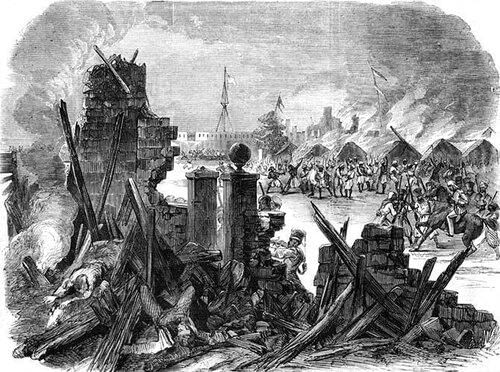 |
|
Card: 15 / 40 |
True or False: The sepoys acted independently without any communication among different cantonments during the mutinies. |
|
Card: 16 / 40 |
False. There was communication and planning among sepoy lines, indicating organized efforts. |
|
Card: 17 / 40 |
The role of the Mughal emperor during the uprising initially was one of ___, but he eventually accepted leadership due to pressure from the sepoys. |
|
Card: 19 / 40 |
Fill in the blank: The collective decision-making bodies among sepoys were called ___. |
|
Card: 24 / 40 |
Leaders emerged not only from the established court but also from ordinary people and local religious figures. 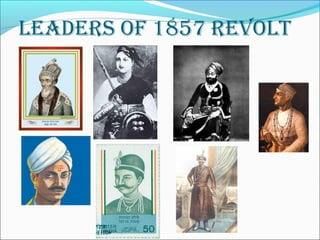 |
|
Card: 25 / 40 |
True or False: The British government's policies in the 1820s aimed to strengthen traditional Indian customs and governance. |
|
Card: 26 / 40 |
False. The British policies aimed to reform Indian society by introducing Western education and laws, which were perceived as oppressive. 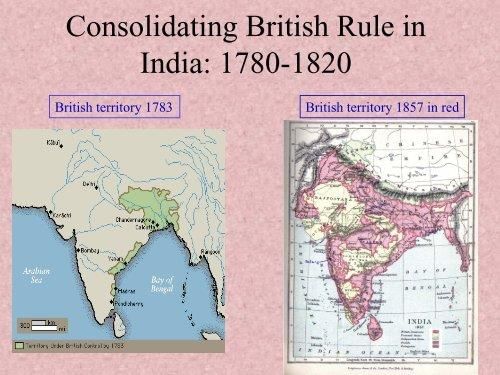 |
|
Card: 28 / 40 |
Rumors fueled fears and unrest among the sepoys and the local population, leading them to believe that the British were attempting to undermine their caste and religion, which motivated them to rebel. 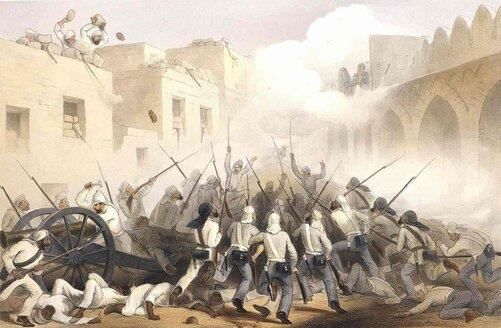 |
|
Card: 29 / 40 |
The prophecy that British rule would end on the centenary of the Battle of Plassey reinforced the call for action. What was the significance of this prophecy? |
|
Card: 30 / 40 |
This prophecy created a sense of urgency and hope among the rebels, encouraging them to act against British rule, believing that a significant historical event would lead to their liberation. 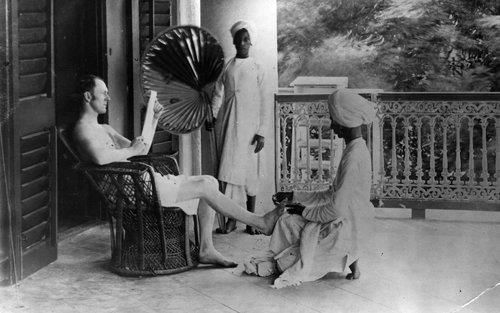 |
|
Card: 31 / 40 |
Fill in the blanks: Shah Mal took over an English officer's bungalow and established a '___' to settle disputes. |
|
Card: 33 / 40 |
Multiple Choice: Which of the following was a significant action taken by Shah Mal during the rebellion? A) Negotiating peace with the British B) Organizing local cultivators to plunder moneylenders C) Establishing a formal government D) Promoting Western education |
|
Card: 35 / 40 |
What was the reaction of British officials to Maulvi Ahmadullah Shah's growing influence? |
|
Card: 36 / 40 |
British officials were alarmed by his influence, leading to attempts to suppress his preaching and eventually imprison him. |
|
Card: 38 / 40 |
The Subsidiary Alliance required the Nawab of Awadh to disband his military, allow British troops into the kingdom, and follow the advice of the British Resident, making the Nawab reliant on the British for maintaining order. |
|
Card: 40 / 40 |
The taluqdars, who were the landowners and had controlled land and power for generations, were displaced by the British. |




